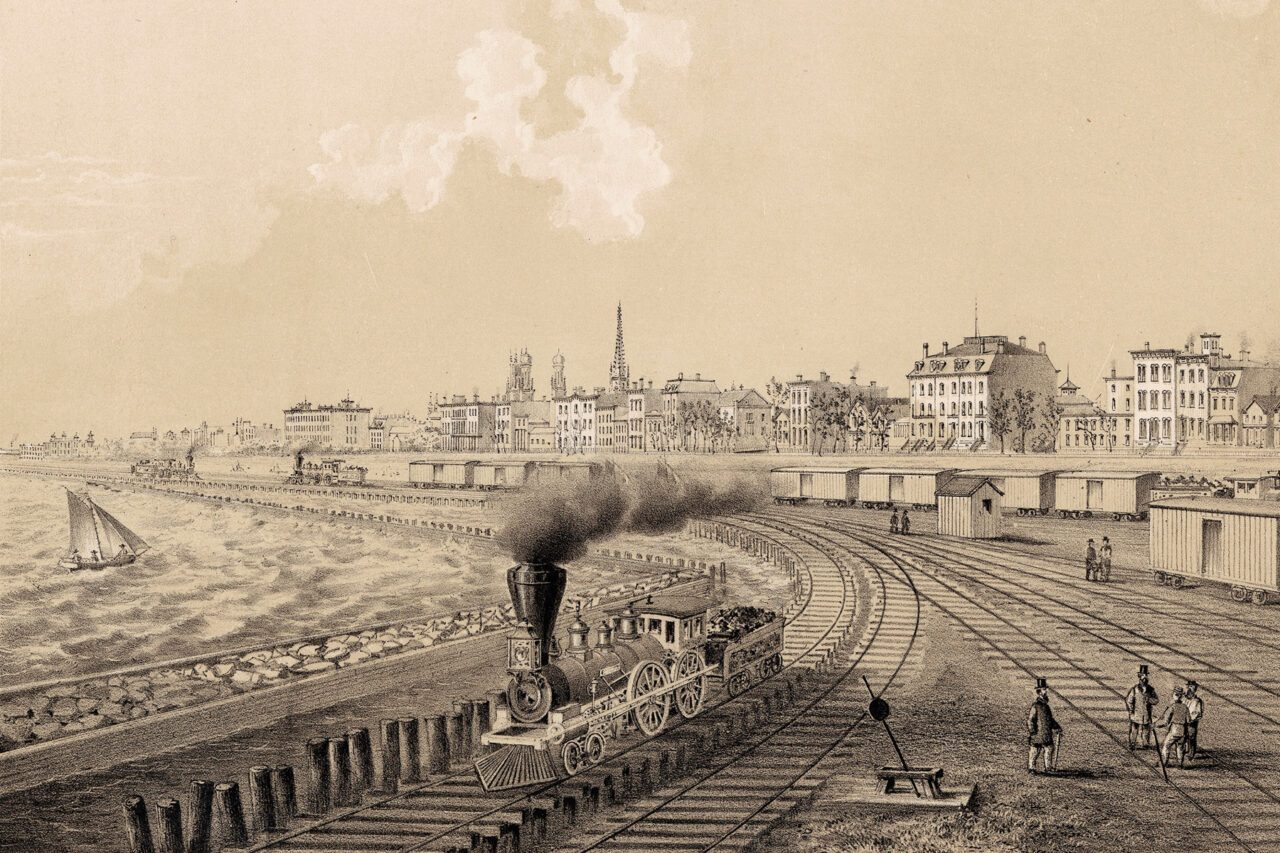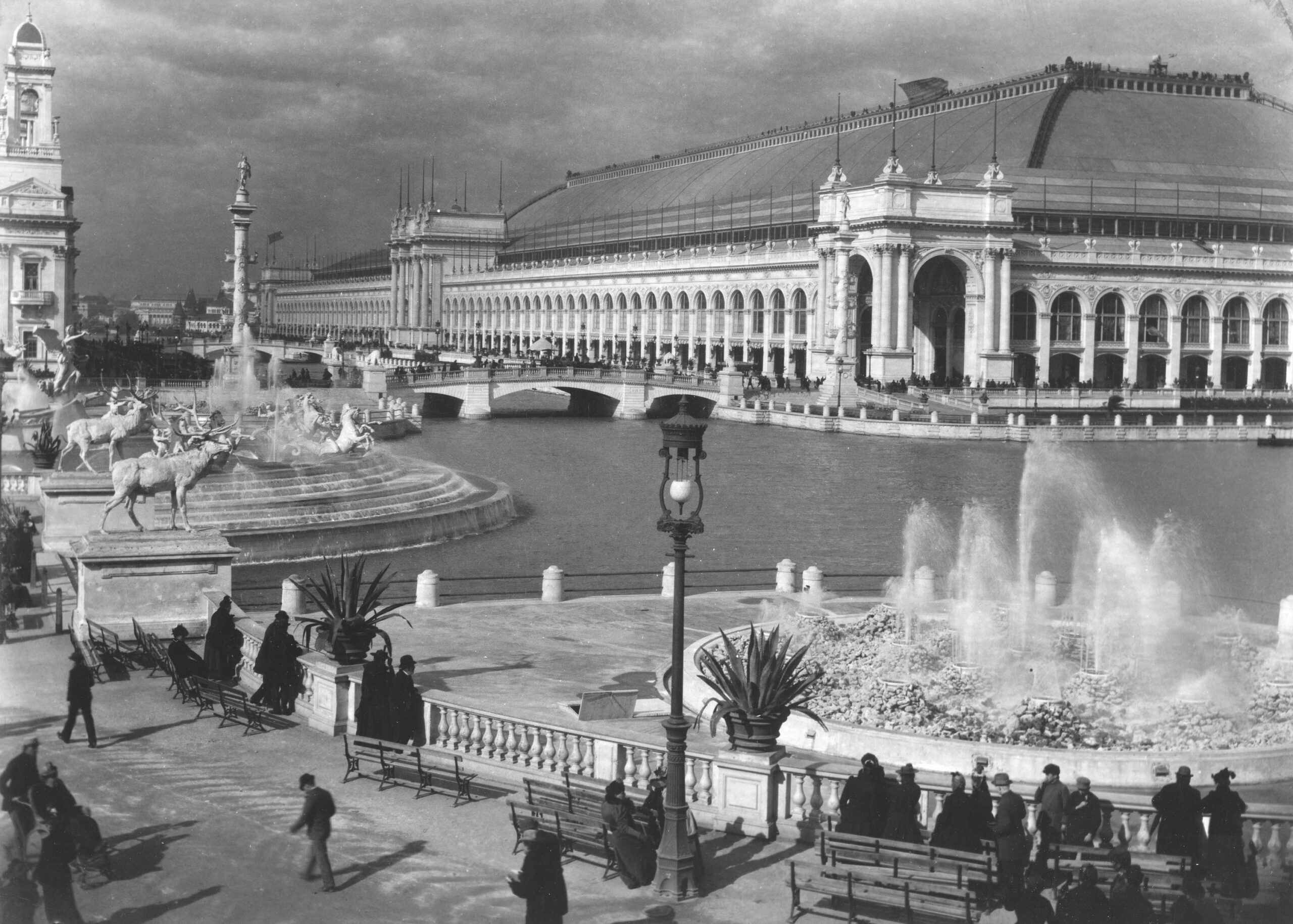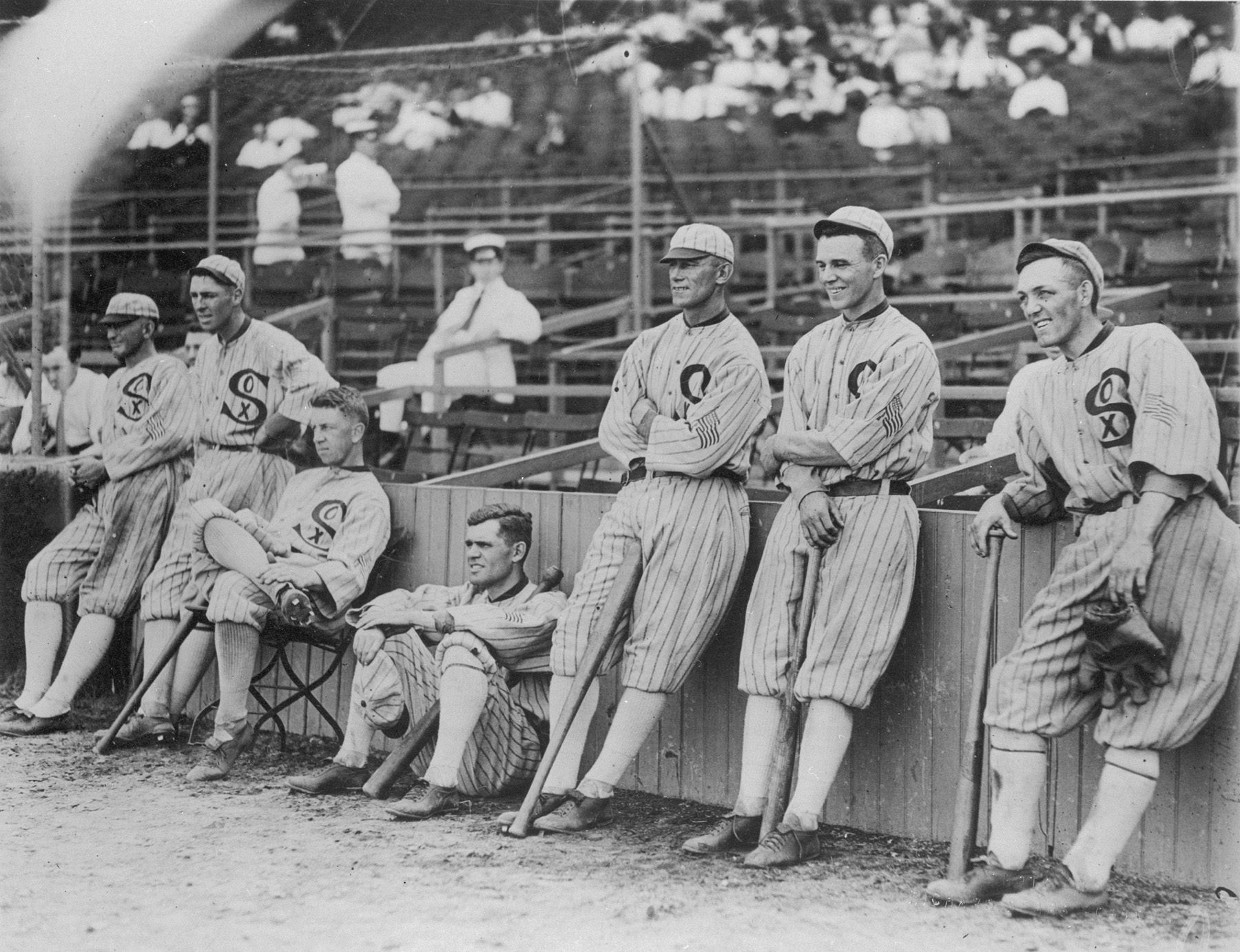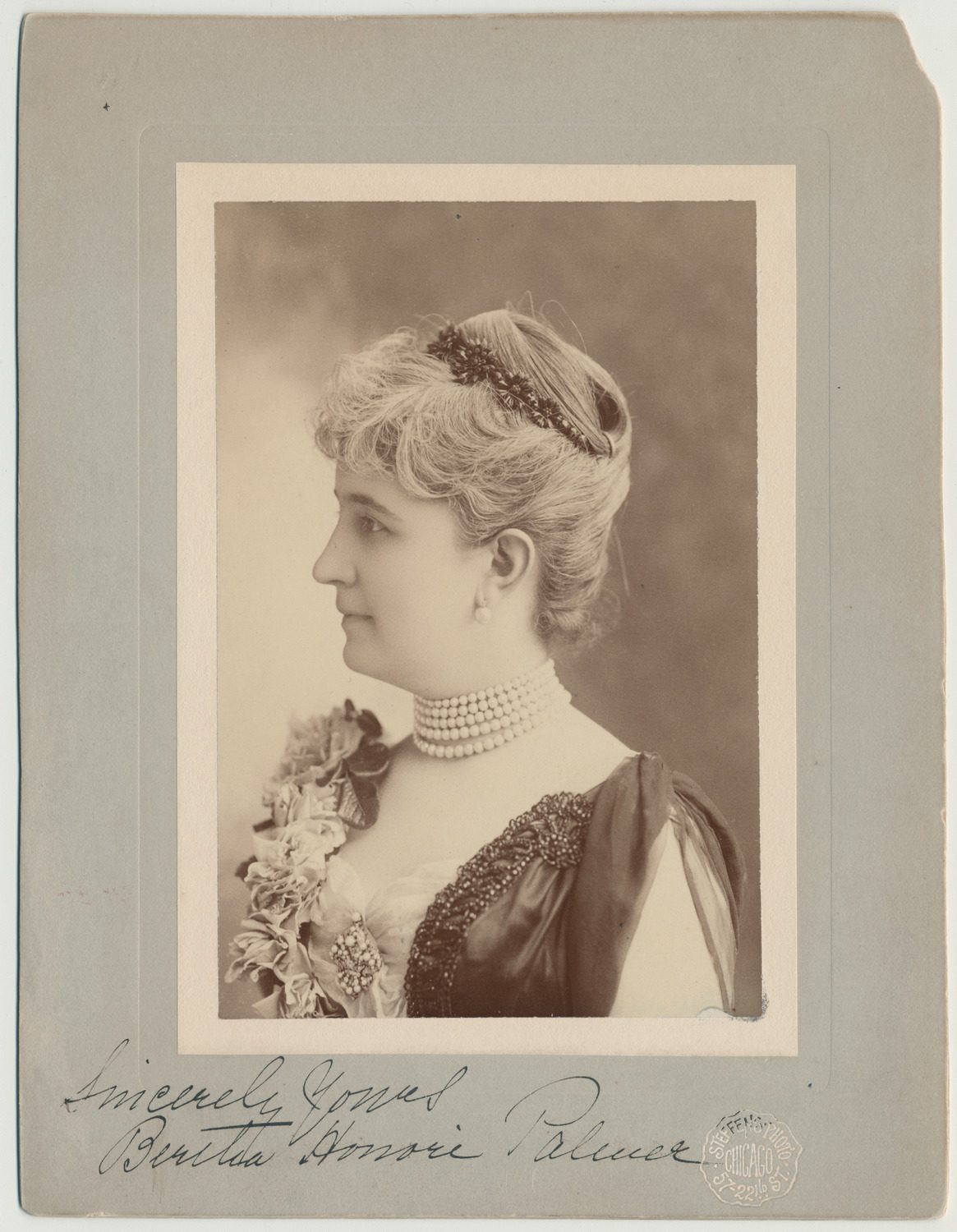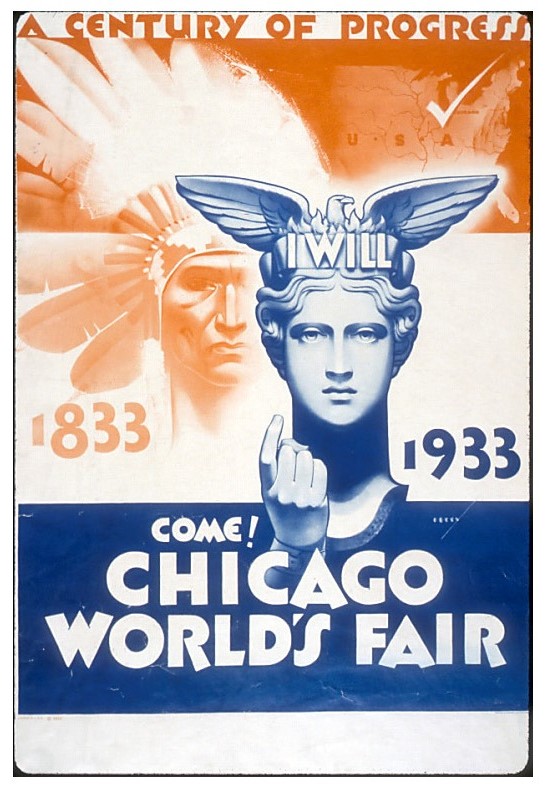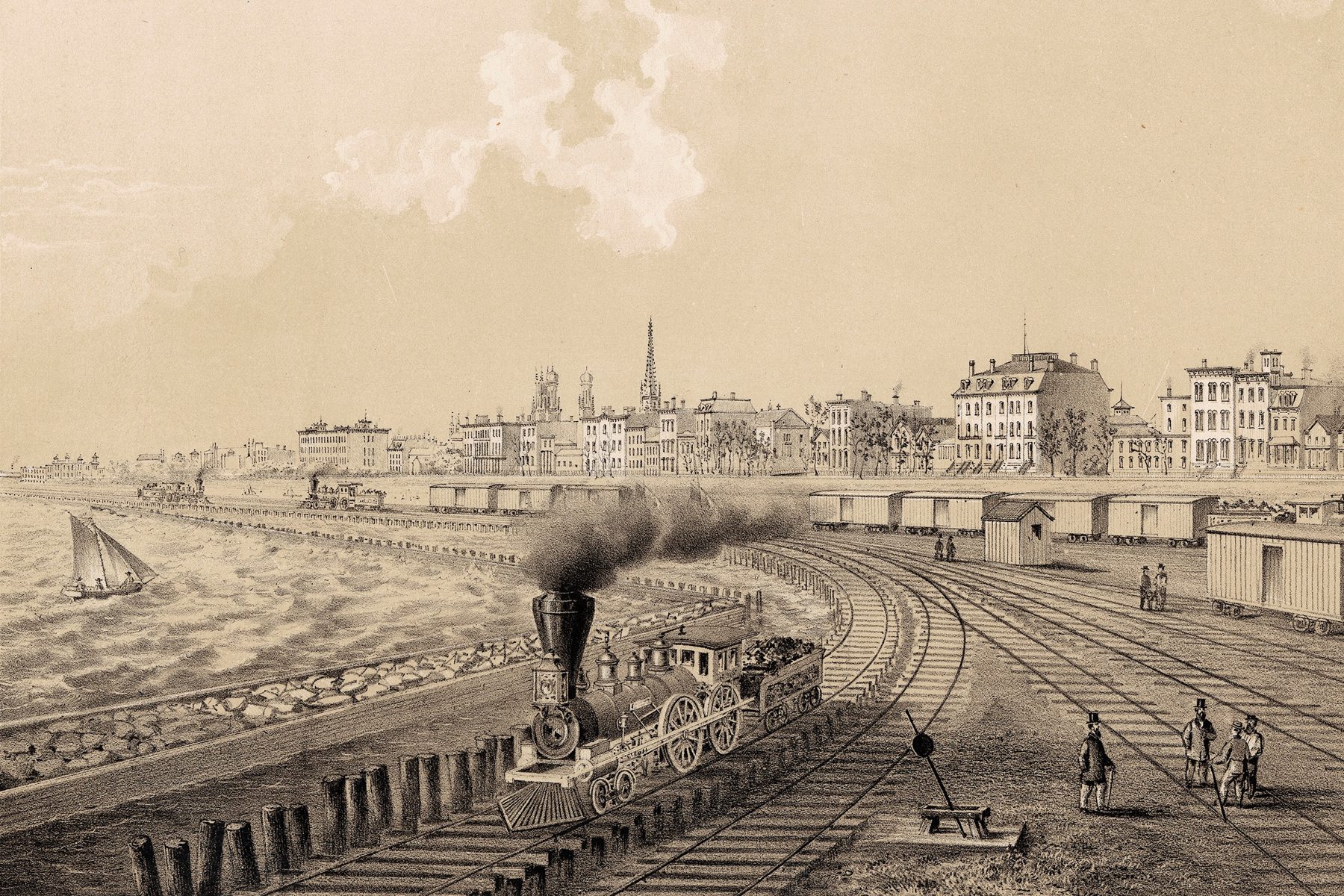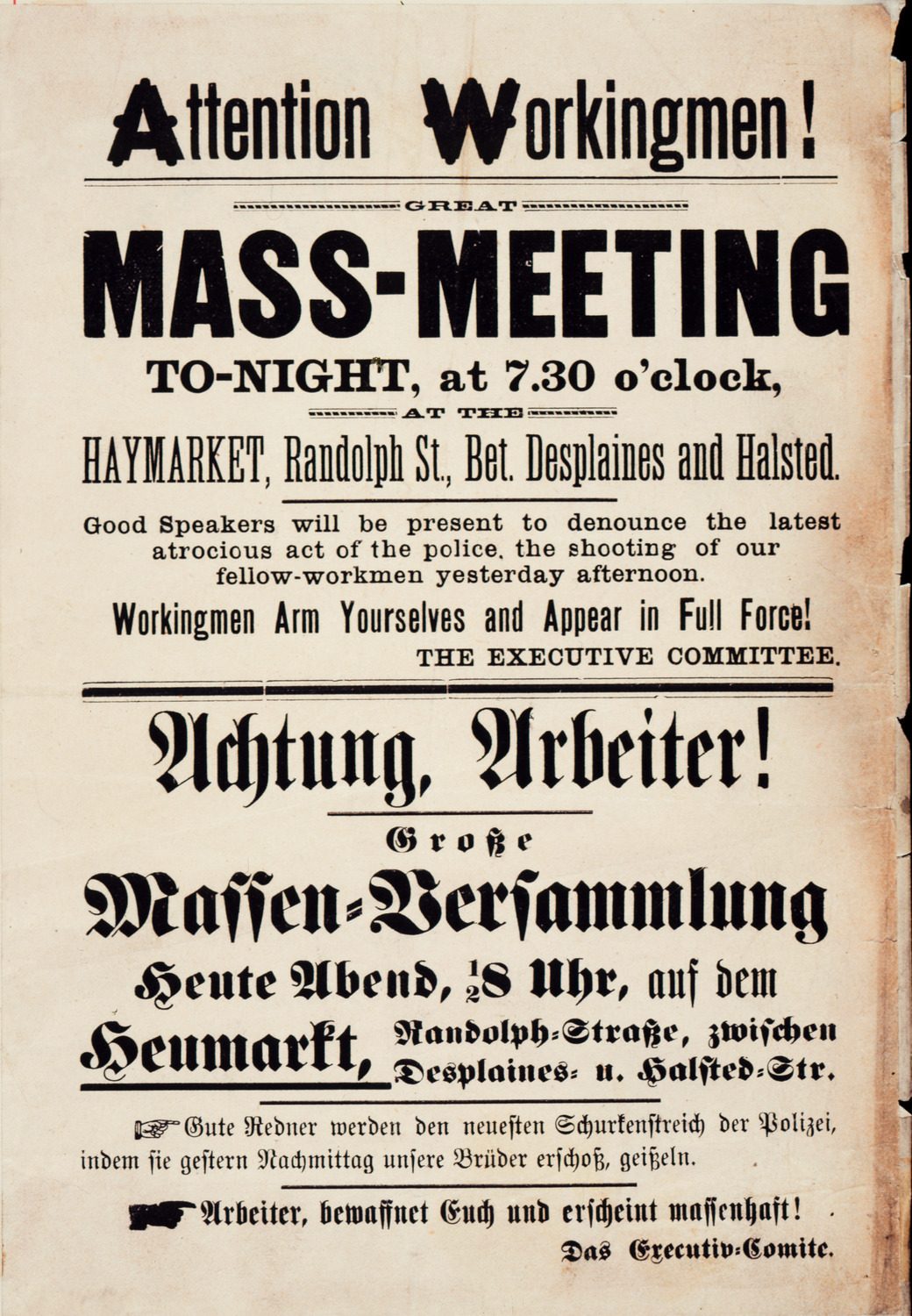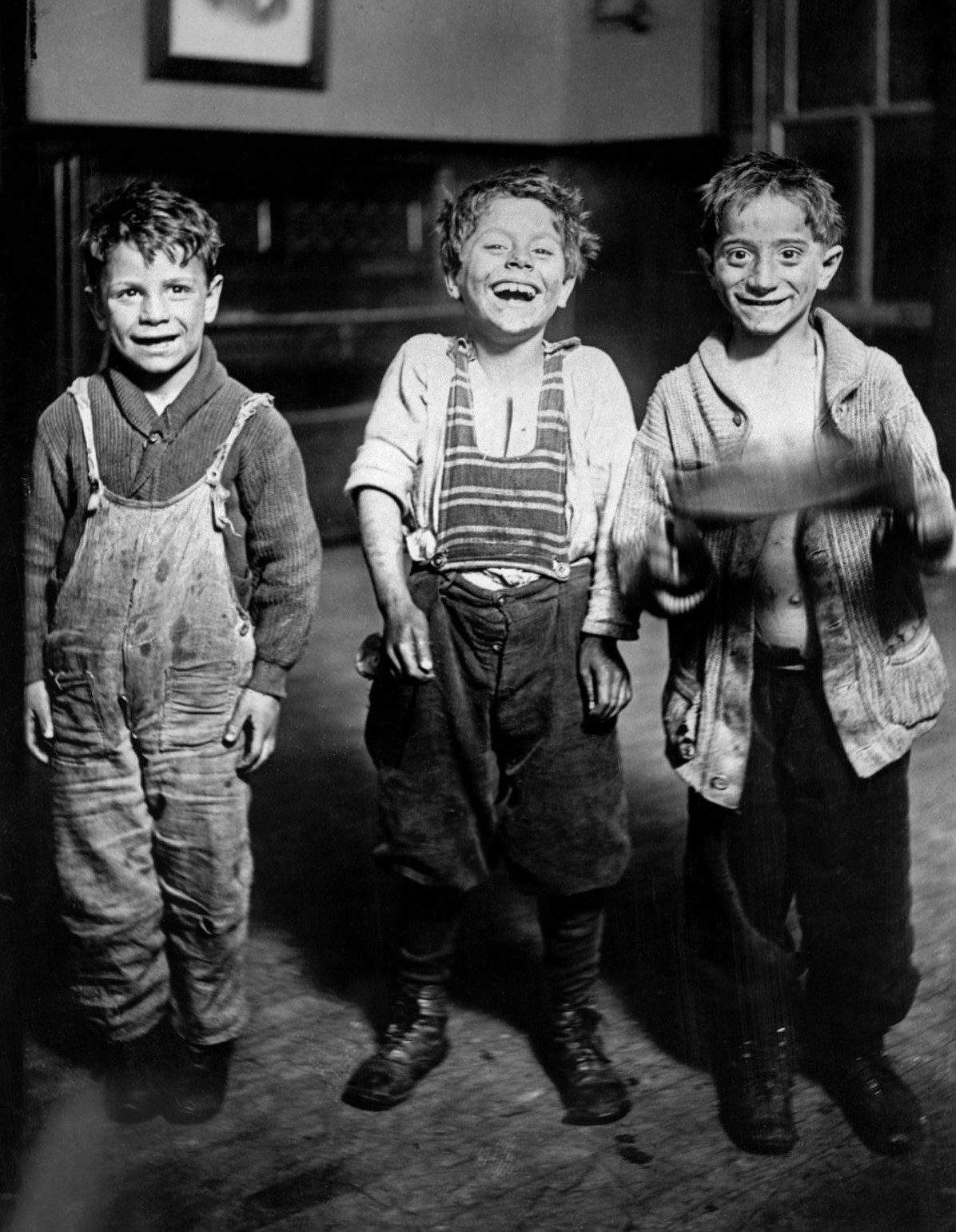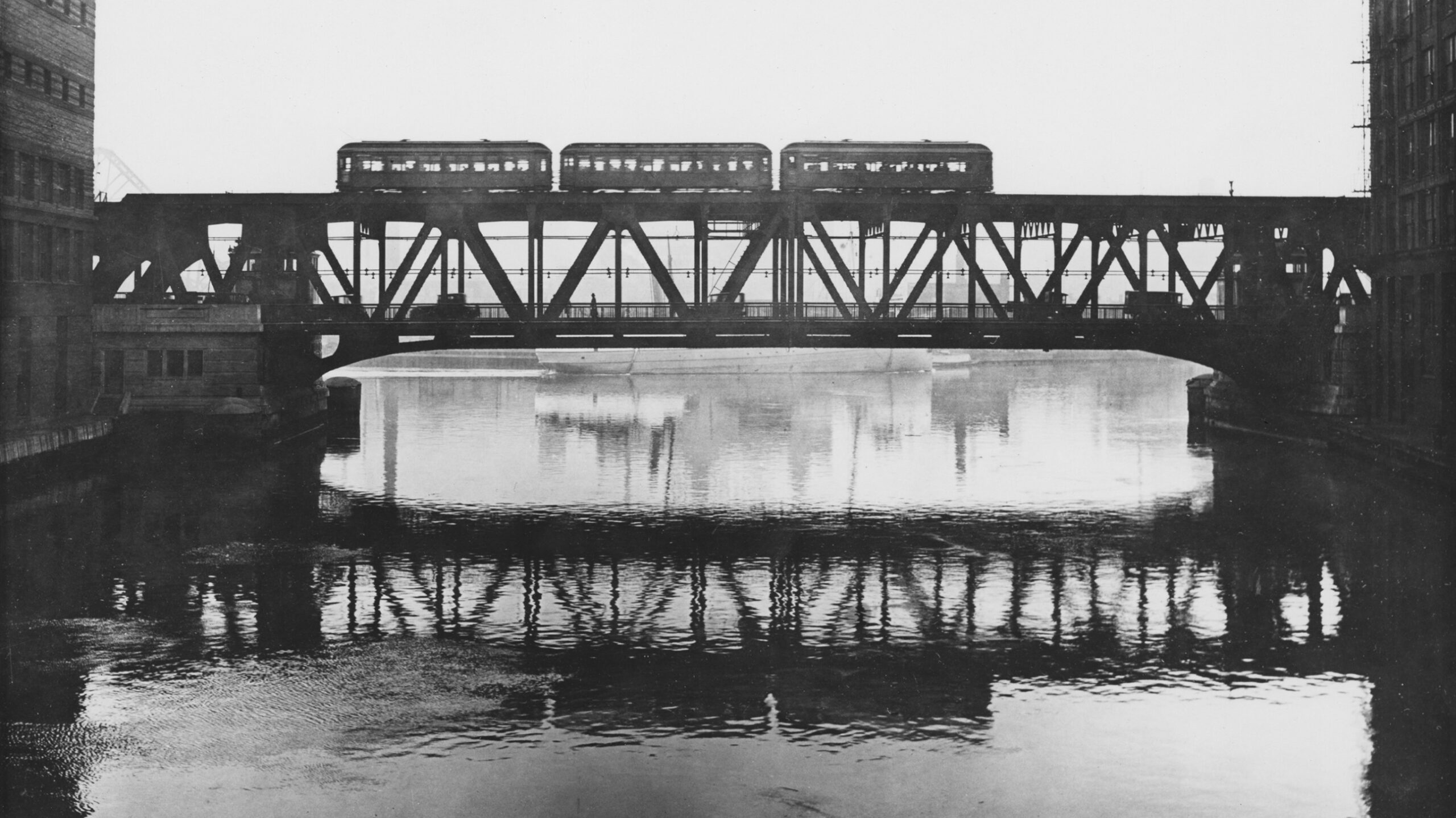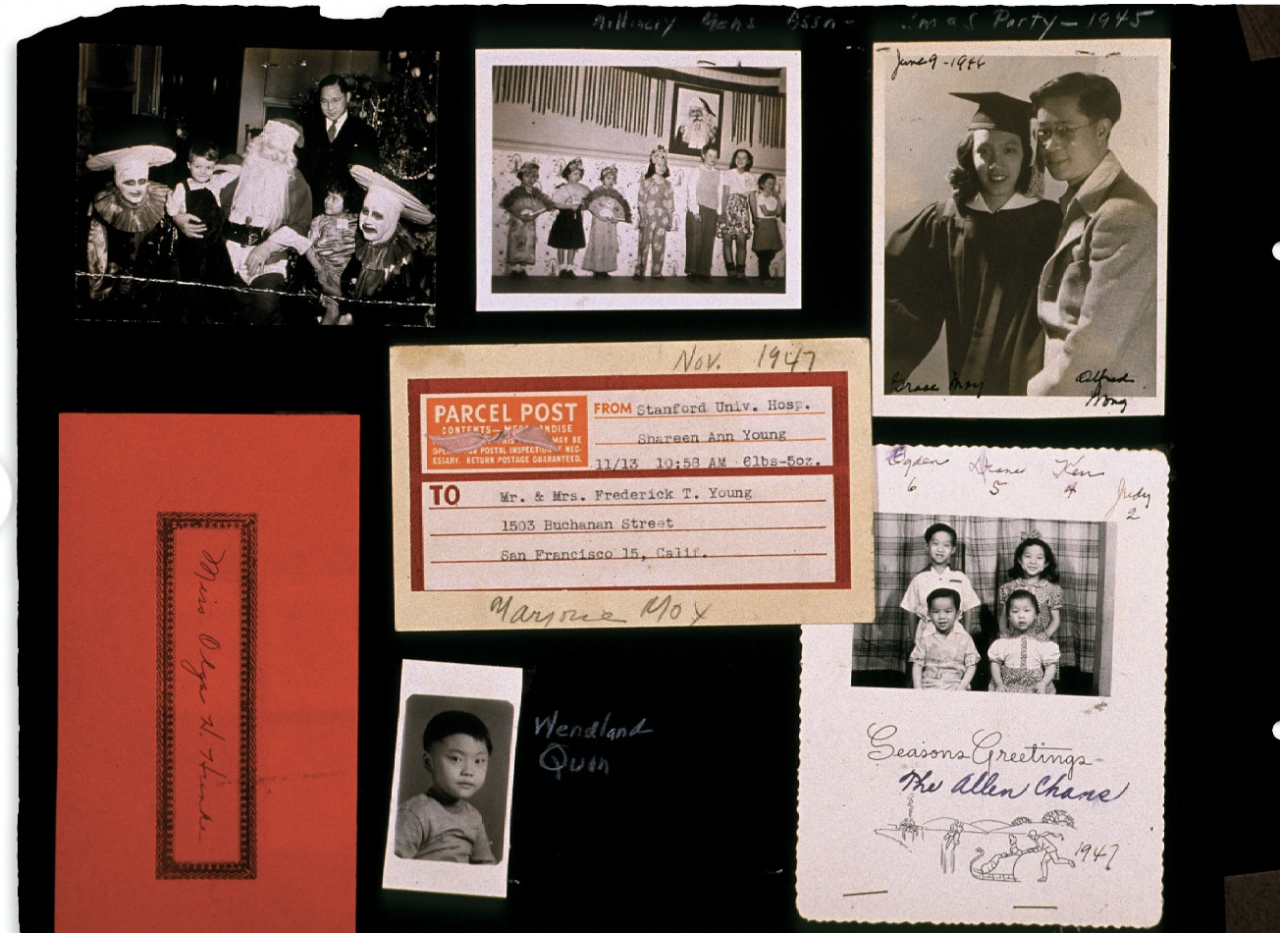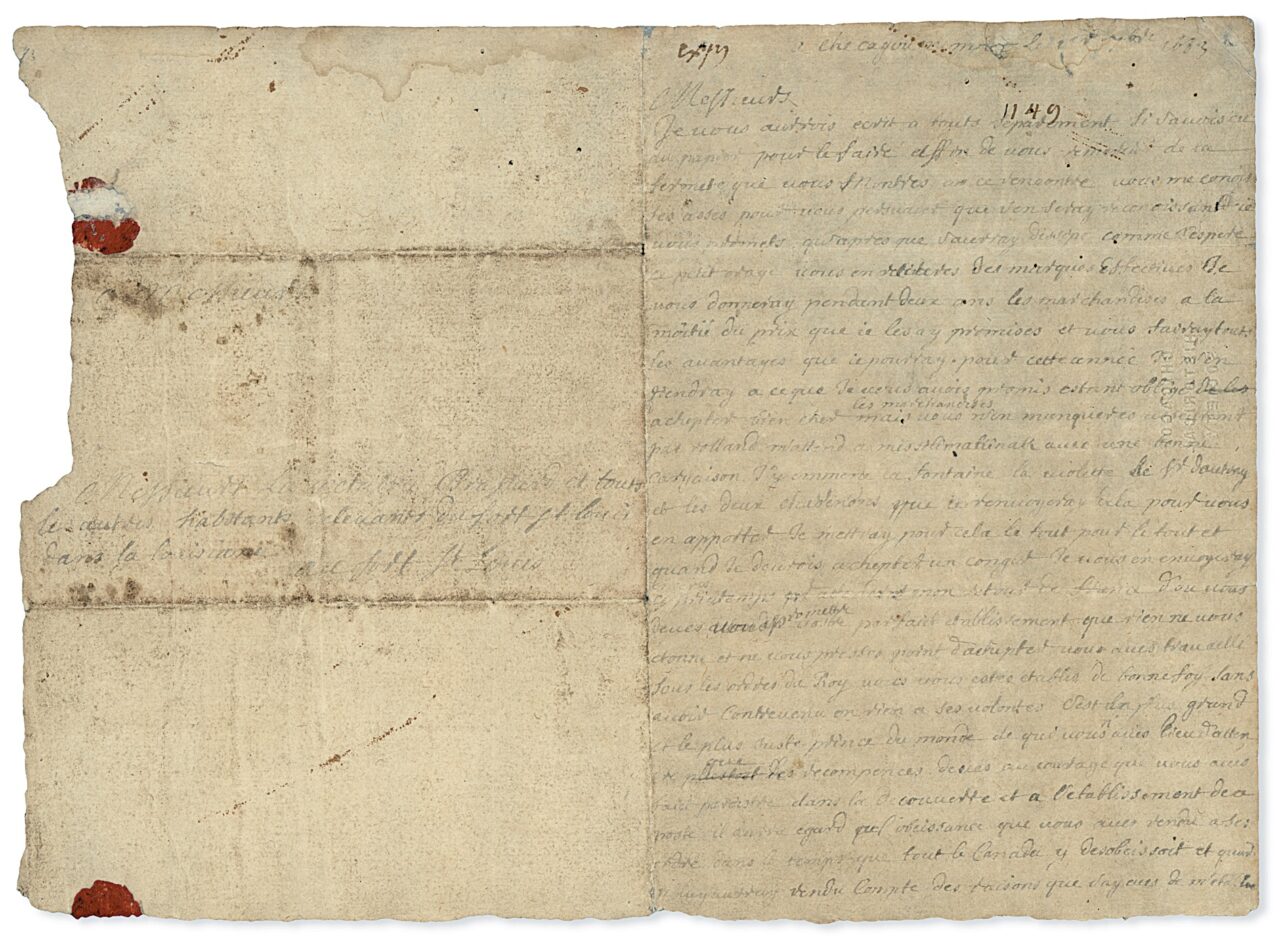It also includes an extensive collection of photographic, print, and broadside images related to American history before 1870. The collection encompasses prints, including etchings, engravings, and lithographs; photographs, including cabinet cards, cartes de visite, cased images, stereocards, paper prints, and negatives; broadsides; posters; postcards; greeting cards; and moving image film and video.
Collection Highlights
Some of the most frequently requested Prints and Photographs materials include:
- Hedrich Blessing architectural photography, 1928–80
- Works by prominent Chicago photographers, including Rus Arnold, Gordon Coster, Stephen Deutch, Arthur Siegel, and Nathan Lerner
- Architectural photographs by professional photographers, including J. W. Taylor, W. T. Barnum, Barnes-Crosby, Clarence John Laughlin, Kaufmann & Fabry, and Raymond Trowbridge
- Photographs of neighborhoods and buildings from the Chicagoland-in-Pictures project affiliated with the Chicago Area Camera Clubs Association (CACCA), 1948–2005
- Engravings and lithographs by Currier and Ives, Raoul Varin, Kurz and Allison, and Edwin Whitefield
- Original cartoons by John McCutcheon
- Archive for the photographic documentation project Changing Chicago, 1988–89
- Photographs of labor unions, including the Brotherhood of Sleeping Car Porters and the Chicago Federation of Labor
- Collections of social welfare agencies, including settlement houses (Association House, Chicago Commons, Gads Hill Center), Infant Welfare Society, Jewish Community Centers, United Charities, Visiting Nurse Association, and the YMCA
- Claude A. Barnett and the Associated Negro Press photographic materials, 1890–1969
- Photographs and prints related to the 1893 World’s Columbian Exposition, and 1933–34 A Century of Progress International Exposition
- Chicago Daily News newspaper photo morgue, 1901–70
- Burr Tillstrom Collection of Kukla, Fran and Ollie films
